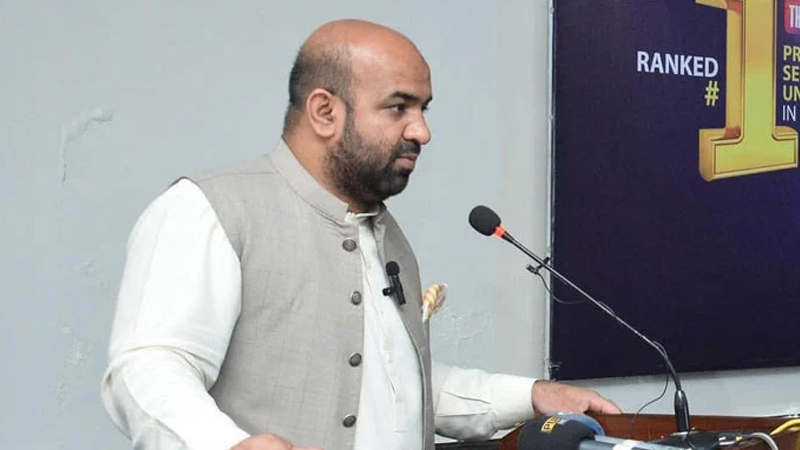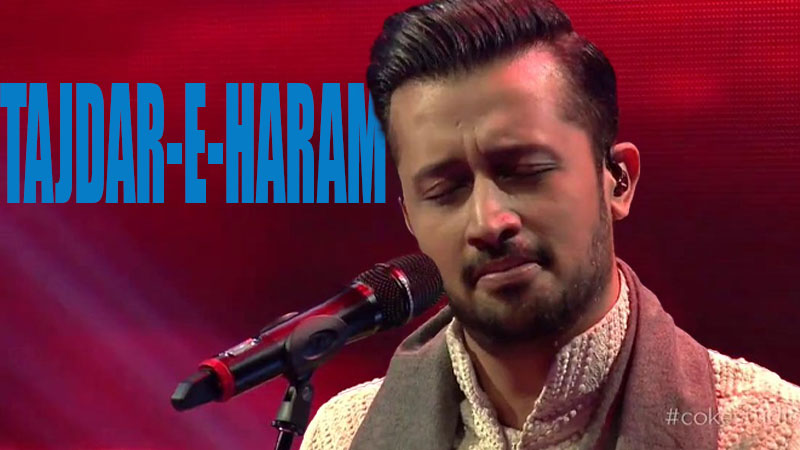Google has announced a significant expansion of its intra-language translation platform, Google Translate, now supporting over 100 languages thanks to advancements in artificial intelligence (AI) and large language models (LLMs). This update includes the addition of the Balochi language, among others.
A recent blog post on Google’s official website underscores the critical role of Google Translate in fostering global connectivity, bridging linguistic divides, and enhancing cross-cultural understanding. The platform, renowned for its cutting-edge technological integration, has also seen improvements in accessibility.
In 2022, Google Translate made headlines by adding 24 new languages through a pioneering method called Zero-Shot Machine Translation, which allows for translations without the need for prior samples.
The latest announcement highlights Google’s “1,000 Languages Initiative,” emphasizing the company’s commitment to developing AI models that support the world’s most widely spoken languages. “Now, we’re using AI to expand the variety of languages we support,” the blog states, celebrating the addition of 110 languages in what marks the platform’s largest expansion to date. This update is set to benefit approximately 614 million people, around 8% of the global population. The newly supported languages include both major global languages and indigenous tongues, some of which have only a few native speakers but are subject to active revitalization efforts.
A significant portion of the new languages, about 25%, are spoken in Africa, marking Google Translate’s largest language expansion on the continent to date. This diverse update features languages such as Fon, Kikongo, Luo, Ga, Swati, Venda, and Wolof, reflecting Google’s commitment to linguistic diversity and inclusion.
The new additions span a wide range of languages, from Afar, a tonal language spoken in Djibouti, Eritrea, and Ethiopia, to Cantonese, a language long requested by users. Other notable languages include Manx, NKo, Punjabi (Shahmukhi), Tamazight (Amazigh), and Tok Pisin, further enriching the linguistic landscape available on Google Translate.
Google continues to collaborate with linguists and native speakers to expand language variations and adapt to evolving spelling conventions as technology advances. These updates are available on the Google Translate app for both iOS and Android, ensuring seamless language translation and cross-cultural communication worldwide.











Leave a Reply